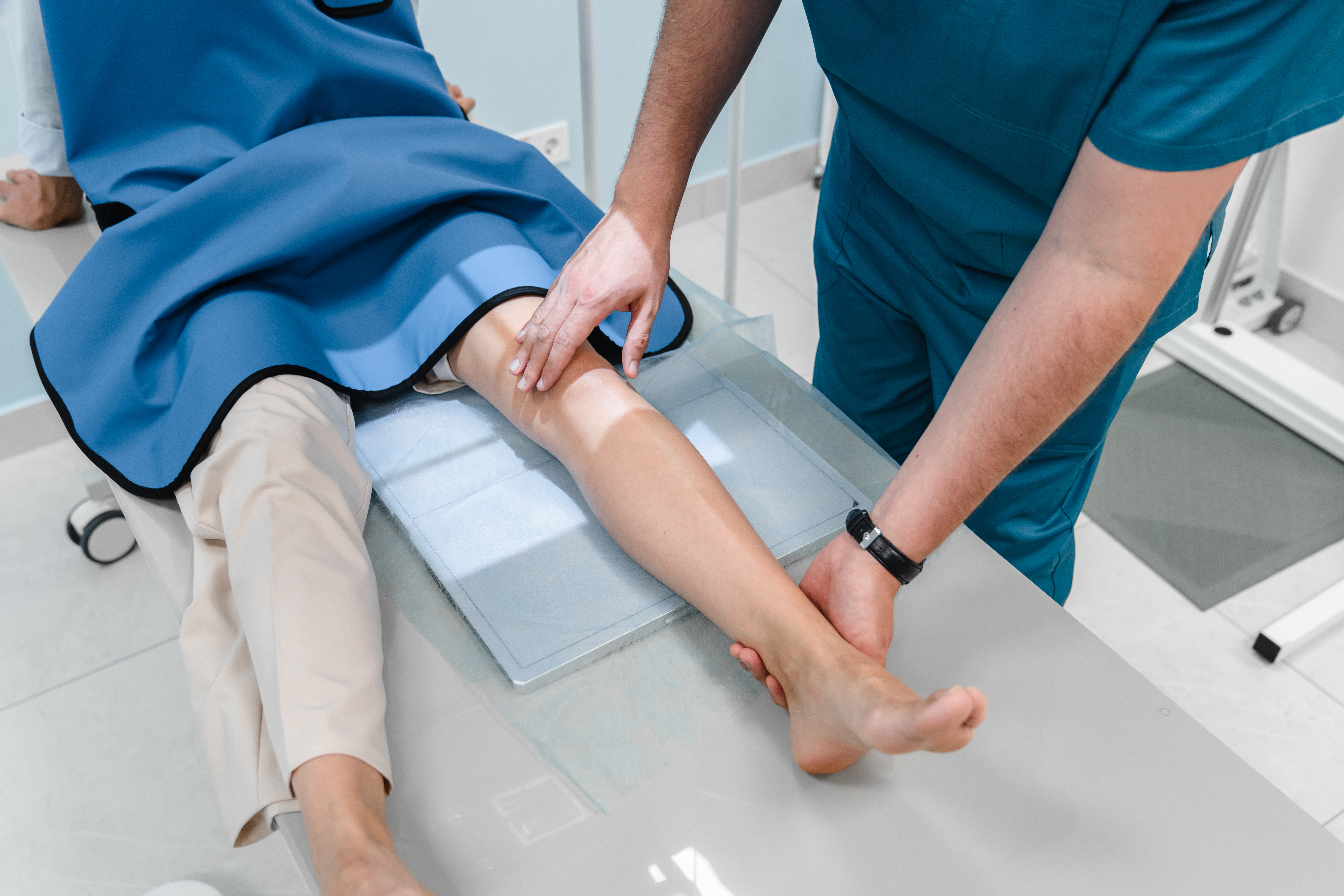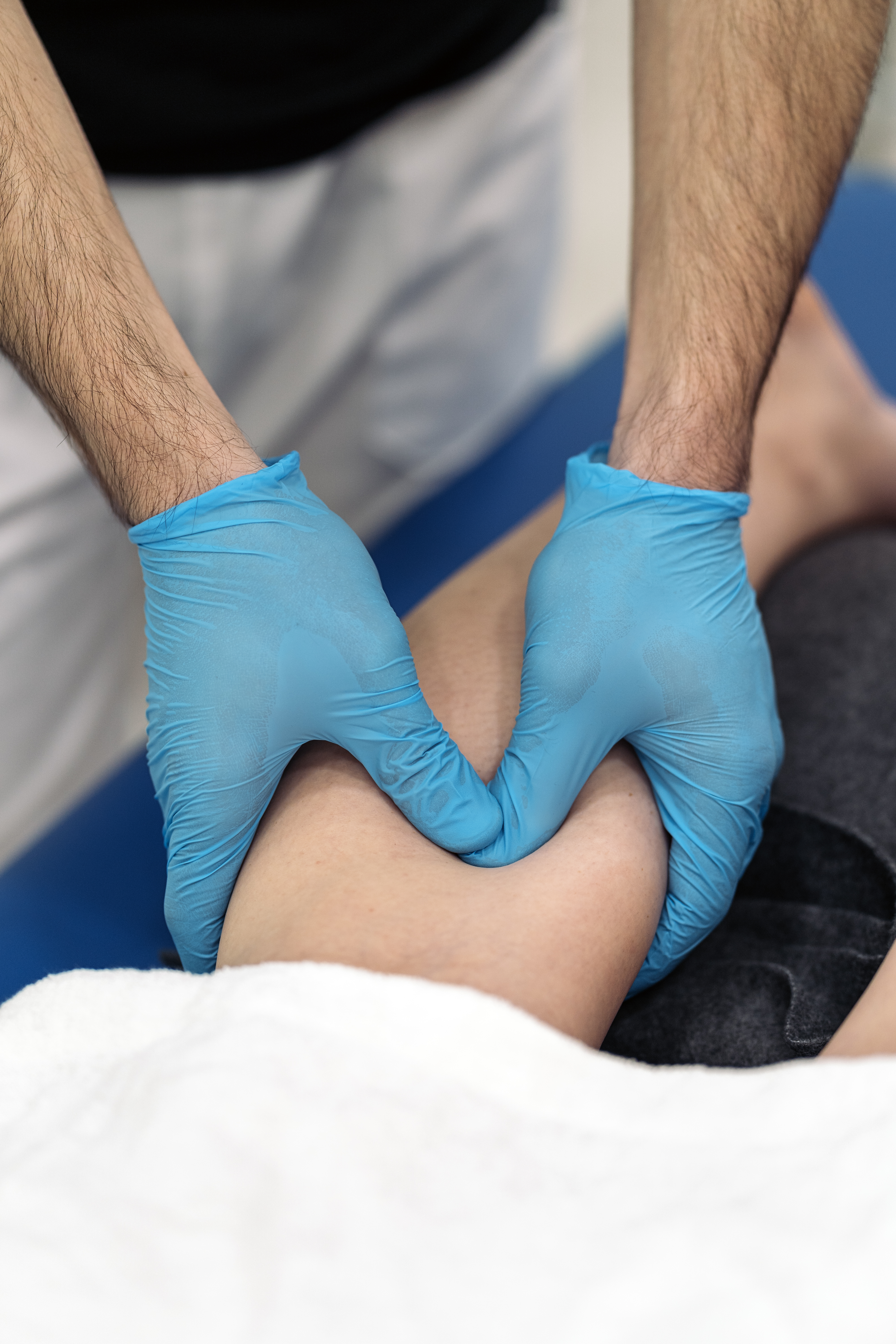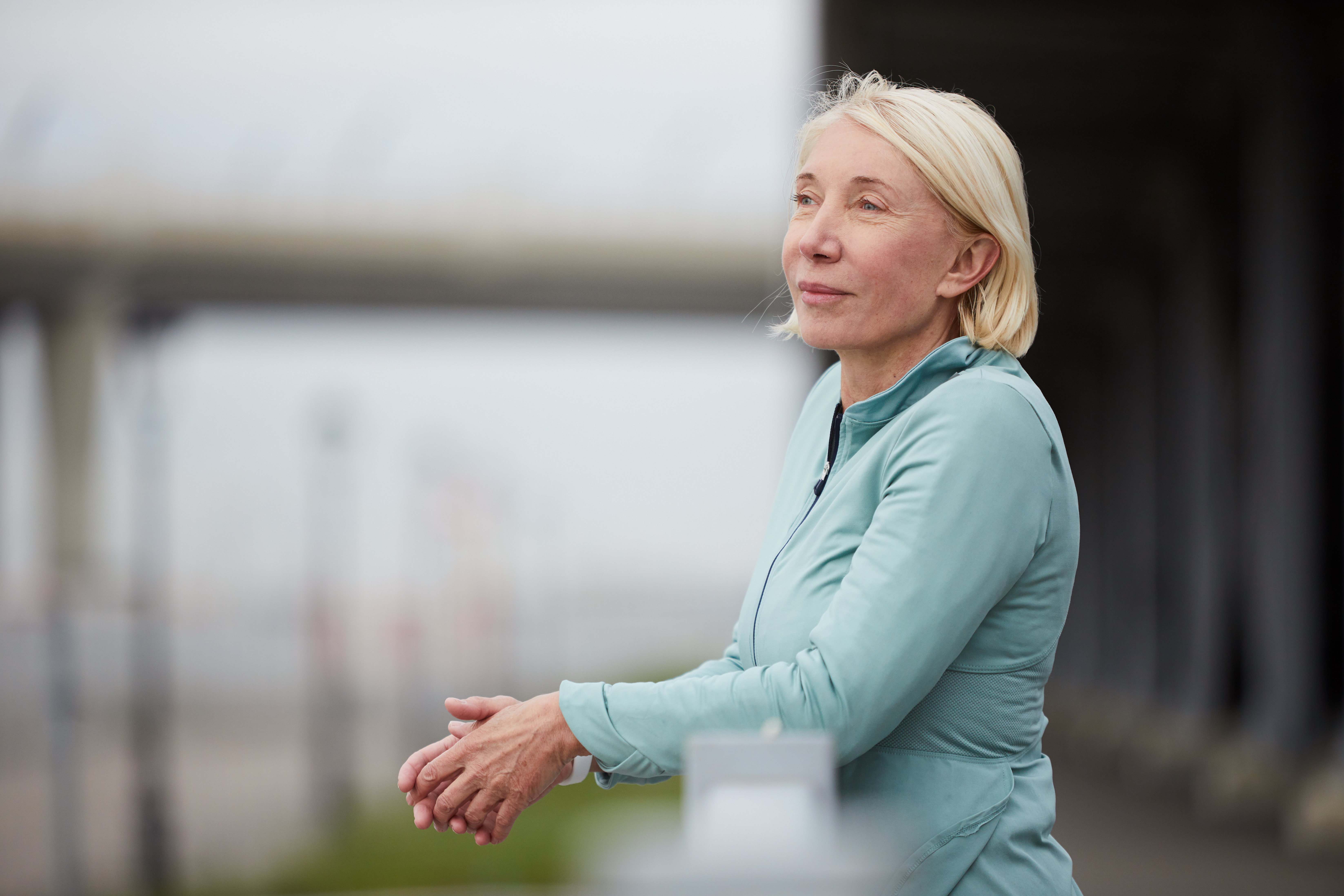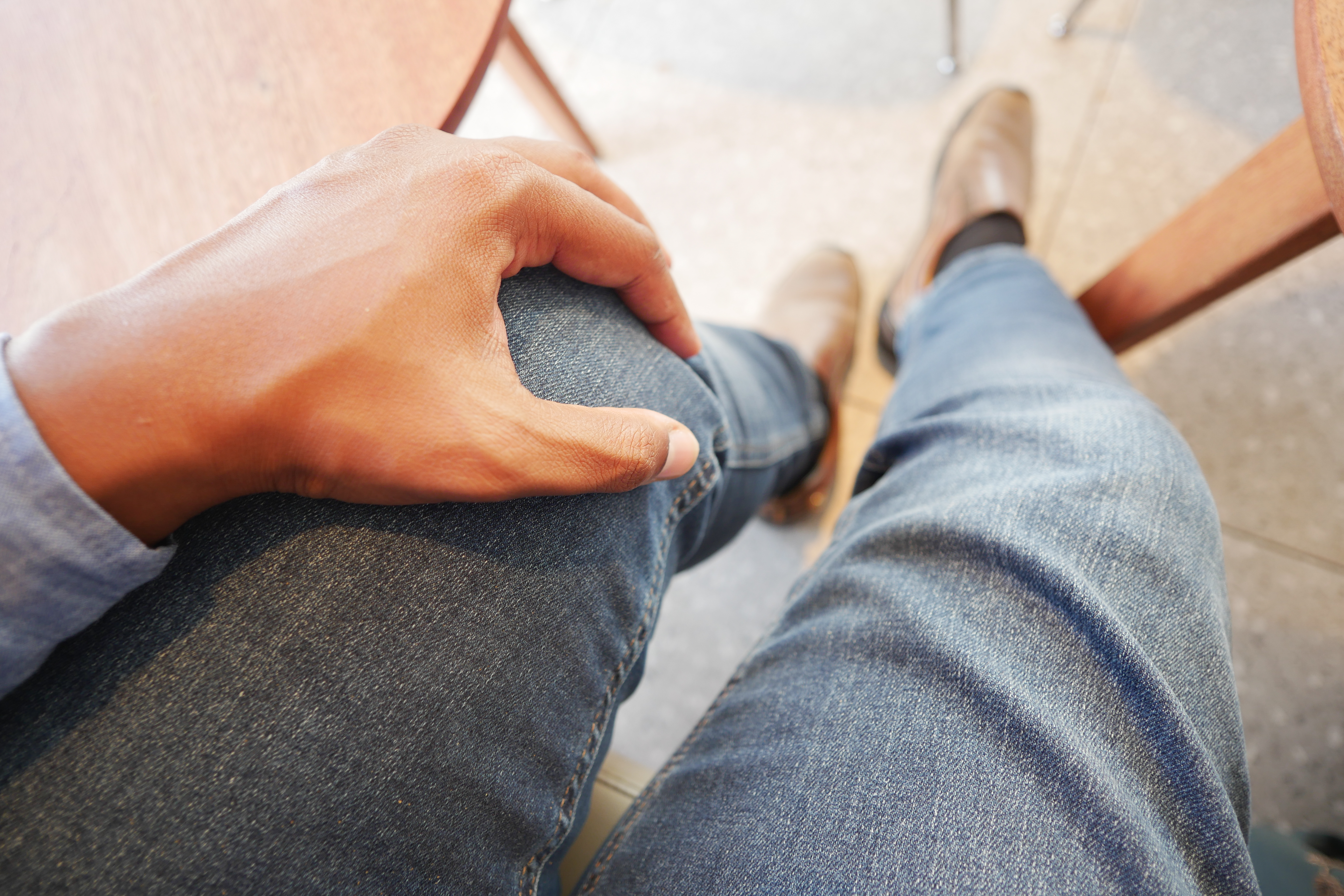
Learning About Vein Health
Varicose and spider veins are not just cosmetic issues—they can signal underlying circulatory problems that, if ignored, may impact your overall leg wellness. Understanding how your veins work, what can cause them to weaken, and how issues develop is an important first step toward effective care and long-term leg health.
Spider veins are small, thin blood vessels located just under the skin. They often appear red, blue, or purple and may form web-like or branching patterns. While usually harmless, spider veins can sometimes cause mild discomfort, such as itching, tingling, or burning sensations. Many people seek treatment primarily for aesthetic reasons, but addressing spider veins early can help prevent progression and reduce irritation over time.
Varicose veins are larger, twisted veins that bulge above the skin’s surface. They can lead to symptoms like heaviness, throbbing, cramping, or swelling, especially after standing or sitting for long periods. Varicose veins may also contribute to skin discoloration or restless legs. Without treatment, severe cases can result in chronic inflammation, changes to skin texture, or venous ulcers.

.jpg)
.jpg)






.png)



.jpg)

.png)


